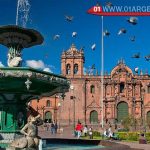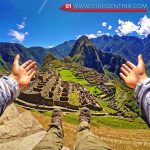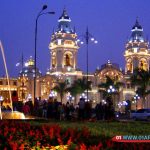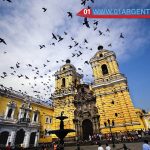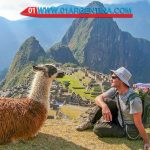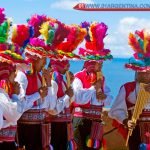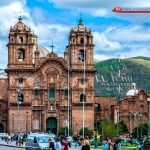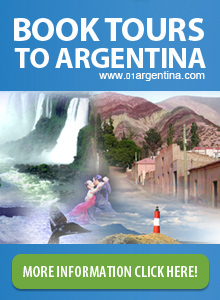 MACHU PICHU
MACHU PICHU
Machu Picchu: The Sacred City of the Incas
Machu Picchu City IncaMachu Picchu is a mystical place, a monument to divinity, where people can feel they are a creation of God. The high sense of spirituality that inhabits this place seems to convey its visitors to a place where everything is possible “in an unimaginable way.” It is a place where the strange forces of nature allow people to reach an incomparable cosmic state, a state that can only be experienced in Machu Picchu.
Machu Picchu “The Lost City of the Incas” was chosen as one of the New 7 Wonders of the World.
Machu Picchu: Live Culture
The Inti Raymi or Feast of the Sun, was the most important festival in the time of the Incas. It is celebrated on the occasion of the winter solstice “the new solar year” for a town that the main cult was to the god Inti (the sun), in the square of Huacaypata in Cusco. The religious importance, ceremonial, social and political feast was such that it spread throughout the Tahuantinsuyo. In Machu Picchu, the Sacred Valley of the Incas and villages around Cusco many parties are celebrated and you can participate in them …
Machu Picchu: Nature and Biodiversity
The Historic Sanctuary of Machu Picchu in an area of more than 32 thousand hectares that houses one of the richest varieties of fauna and flora of Peru, has ecological floors from the Andean zone to the jungle high zone. They emphasize the great variety of orchids and hummingbirds. In fauna it shelters spectacled bear, deer, Andean condor, gallito of the rocks and endemic birds. Machu Picchu is one of the best destinations for nature lovers and a paradise for birdwatchers, combined with sightings in the Abra de Málaga.
Machu Picchu: Sports and Adventure
Inca Trail to Machu PicchuThe Inca Trail: Part of the 14,000-mile Inka Trail in South America, this is the most famous and possibly one of the most spectacular trekking routes in America. Each year, around 25,000 hikers from all over the world walk along the extraordinary 43 kilometers of this stone paved road created by the Incas that leads to the impregnable citadel of Machu Picchu located deep in the jungle of Cusco.
Additionally you can make the circuit of Choquequirao, Salcantay or the route Ausangate.
CUZCO
The origins of Cusco are lost in the night of time. Archaeological excavations let us know that the Cusco valley (except its bottom, then marshy) was already inhabited by primitive settlers about three millennia ago. Towards the twelfth century, Manco Capac and his sister and wife Mama Ocllo, demigods and sons of Father Inti (the sun god) emerged from the waters of Lake Titicaca, with the mission of founding a new kingdom to improve living conditions Of peoples. Manco Capac and Mama Ocllo would have to walk to find a place in the land where the great gold scepter that Manco Capac carried, they went north and they arrived until Pacárec Tampu (Pacaritambo) where they rested in a small cave; At dawn they continued north until they reached Cerro Huanacaure and there the scepter sank, and founded the city of Cusco. Also called Qosqo or Cuzco (Quechua voice: the navel of the world).
Cusco Live Culture
The spirit of the Peruvian man, sculpted by art and religion, has given rise to a creative gap that arises in an infinite variety of forms, rhythms and rituals. Year after year, more than 3,000 popular festivals, 1,500 musical styles and countless arts and crafts confirm that Peru is home to one of the most varied folklore legacies in the world. With this spill of artistic expression, Peruvians feed on their deep roots to project an eternal alliance with nature and through rhythms and colors, reinforce their commitment to life that extends to visitors through hospitality and reciprocity, which are Things so typical of the Peruvian culture. The many festivals, including those of a religious nature, reveal the joyful character of Peruvians, both men and women, and their inclination to be sociable and share their hopes. Celebrations and rituals in Cusco: Cusco celebrates hundreds of festivals a year. Most of them are celebrated in homage to a patron saint and are part of the Christian calendar adopted in colonial times, although they have been mixed with the magical beliefs of the old forms of worship. The celebrations of Inti Raymi, Easter, Carnival, Corpus Christi and the feast of the “Lord of Tremors”, have a special meaning for the people of Cusco, becoming a great folk expression of their people
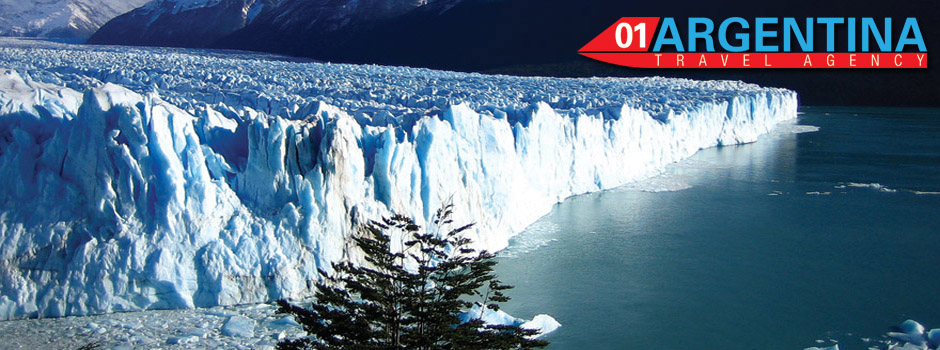
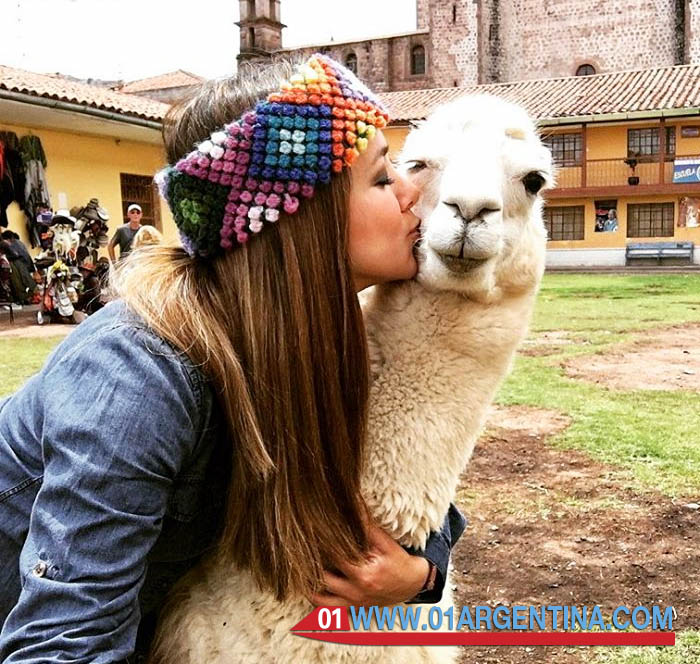 MACHU PICHU
MACHU PICHU